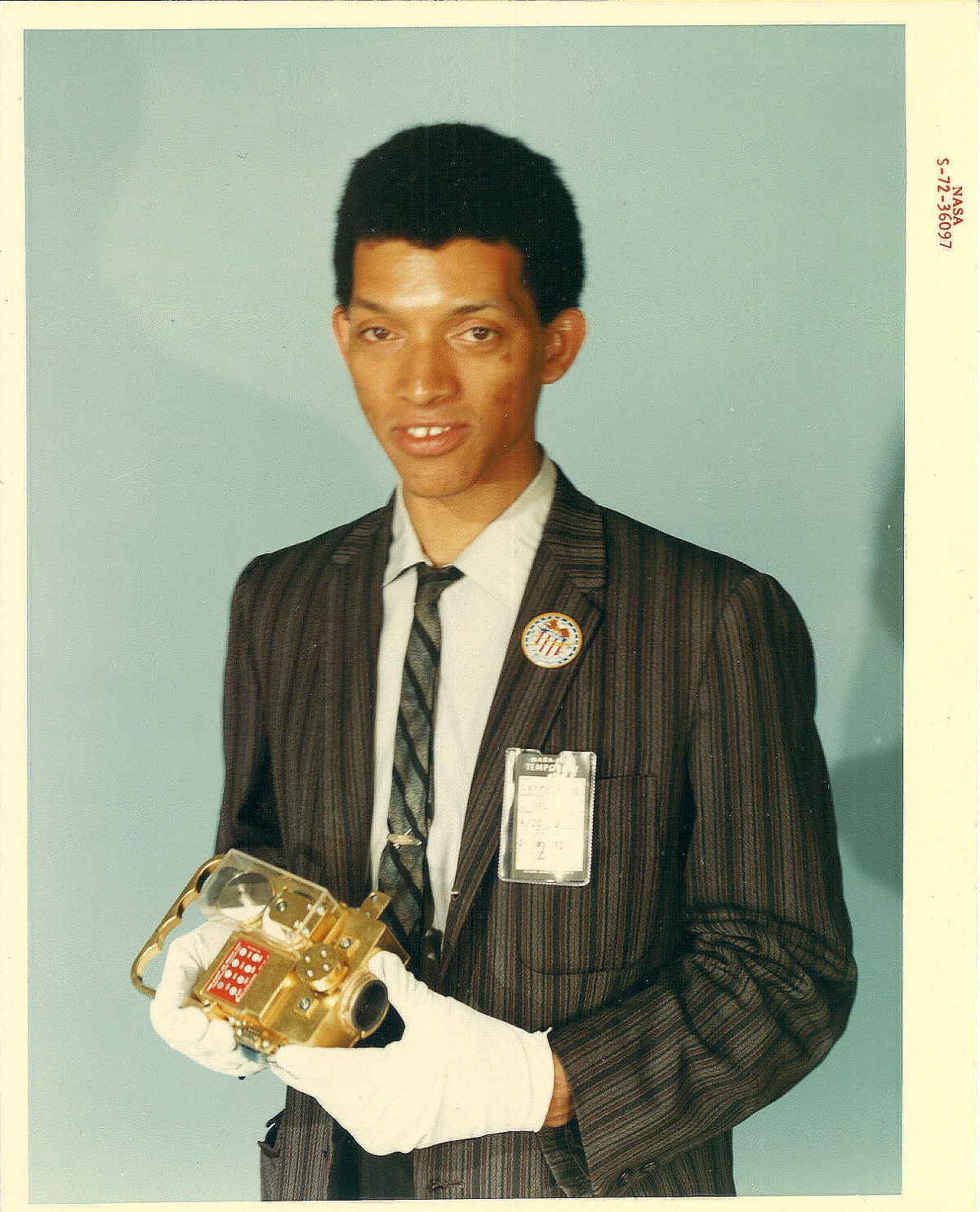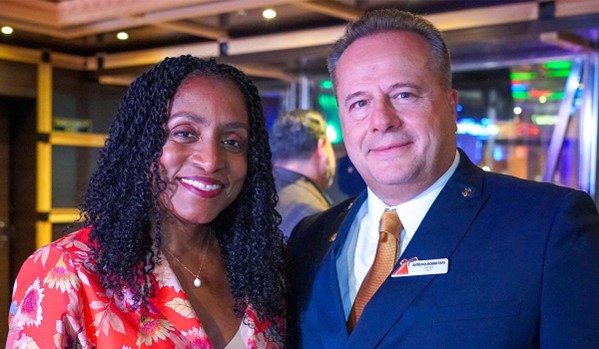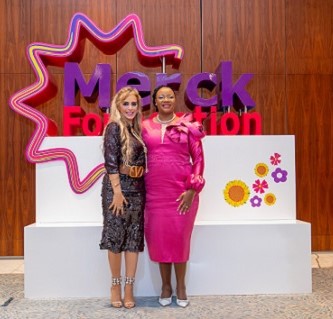From building his first telescope from a kit in 1949, when he was 10 and living in rural Ohio, in the USA, George Robert Carruthers made history after designing the ultraviolet camera/spectrograph, which was used on the Apollo 16 mission to produce images of the geocorona, Earth’s outermost atmosphere, as well as stars, nebulae and galaxies.
“In March 1610, Galileo Galilei reported the first use of a telescope to view mountains and maria on the moon,” Dr. Carruthers and Thornton Page, his collaborator on the project, wrote in a NASA report in late 1972.
“On April 21, 1972, the Apollo 16 commander positioned a somewhat more complex optical instrument at the Earth from the moon and obtained several remarkable photographs showing atmospheric rather than surface features.”
Born in Cincinnati, in 1936, he died in Washington, D.C., in December 2020, his rise to prominence in the space industry will remain massively vita, yet very rarely told. Fascinated by space, the inventor, physicist, engineer and space scientist, perfected a compact and very powerful ultraviolet camera/spectrograph for NASA to use when it launched Apollo 16 in 1972 - designing it for astronauts to use on the lunar surface, to make all adjustments inside their bulky space suits.
“Once the astronauts set it on an object, they could move away and work, then come back and change the direction of the camera,” the space historian David H. DeVorkin, Senior Curator of the National Air and Space Museum, once said.
The device was left behind when the astronauts departed. “He was a great tool builder who applied himself to scientific questions,” “He didn’t come up with new questions, but he and his science were very practical.”
He started at the United States Naval Research Laboratory in 1964 and brought to it his fascination with telescopes. In 1970, one of his telescopic creations, which had been sent into space on an unmanned rocket from the White Sands Missile Range in New Mexico, proved the existence of molecular hydrogen between stars and galaxies. Molecular hydrogen, which is vital to how stars are formed, had until then been notoriously difficult to detect.
Highly recognised and acknowledged, he was involved in many initiatives to encourage African Americans into science and technology, and to encourage them to become technologically literate, such as Project SMART (formed by Congressman Mervyn (M). Dymally), the National Society of Black Physicists, and the National Technical Association. And he frequently participated in public observing events at Howard University and SMART Day programs at the National Air and Space Museum.
Awarded the National Medal of Technology and Innovation, Arthur S. Flemming Award (Washington Jaycees), since 2002, Carruthers has been teaching a two-semester course in Earth and Space Science at Howard University sponsored by a NASA Aerospace Workforce Development Grant.
Other awards include a Distinguished Lecturer at the Office of Naval Research for his achievements in the field of space science and an honorary doctorate for Engineering from Michigan Technological University. Inducted into the National Inventor's Hall of Fame, Dr. Carruthers, who went on to design even more telescopes that flew aboard NASA spacecraft, died of congestive heart failure in 2020.
He was 81.











